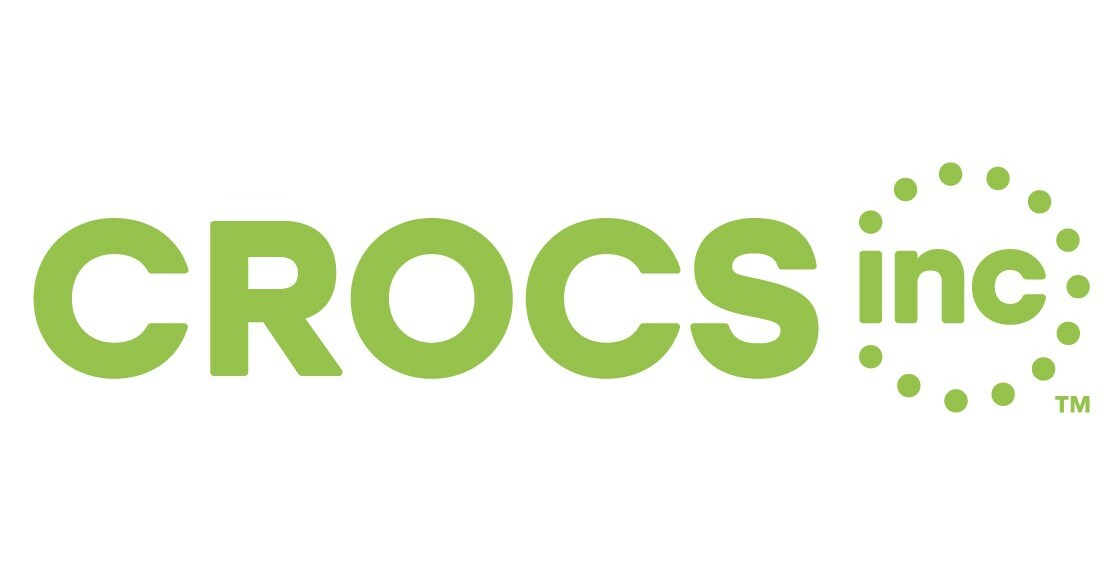Source: Andrew Wynn
A Closer Look at Crocs, Inc.’s Financial Performance
Crocs, Inc. (NASDAQ:CROX), a globally recognized footwear company, particularly famous for its distinctive and comfortable clogs, recently made headlines in the financial world. Despite operating in the highly competitive fashion industry, Crocs has managed to stand its ground against strong competitors like Skechers and Nike. The company’s unique approach to innovation and its strategic focus on direct-to-consumer sales have been instrumental in driving its growth and solidifying its market presence.
On October 30, 2025, Crocs reported an earnings per share (EPS) of $2.64, a figure that surpassed the estimated $2.36, underscoring its profitability. However, it’s worth noting that this EPS represents a decline from the $4.23 reported the previous year, a fact that may raise eyebrows among investors and analysts. Despite this drop, Crocs still managed to exceed expectations with its total revenue for the quarter.
Revenue Performance and Strategic Focus on Direct-to-Consumer Sales
Crocs’ revenue for the said quarter reached approximately $996.3 million, surpassing the estimated $960.1 million. While this is an impressive figure, it is a 6.2% decline from the previous year’s revenue, largely due to a significant 14.7% drop in wholesale revenues. This decrease, however, was somewhat offset by a noteworthy 1.6% increase in direct-to-consumer sales.
The increase in direct-to-consumer sales is particularly interesting as it highlights the company’s strategic emphasis on this channel. By focusing on this direct method of selling, Crocs is better able to control its brand image, enhance customer relationships, and increase its profit margins by cutting out the middleman.
Cost Savings and Financial Metrics
Crocs’ commitment to operational efficiency is evident in its ambitious cost-saving targets. The company is setting its sights on $100 million in cost savings for 2026, following a target of $50 million in 2025. These figures reflect Crocs’ strategic focus on maintaining profitability through effective cost controls and leveraging its strong brand presence.
A review of Crocs’ financial metrics provides further insights into its market valuation and financial health. The company’s price-to-earnings (P/E) ratio stands at approximately 24.95, while its price-to-sales ratio is around 1.11. These ratios show market confidence in Crocs’ earnings and sales potential, indicating a positive outlook for the company.
Moreover, Crocs’ relatively low debt-to-equity ratio of 0.28 suggests a strong financial position. This ratio measures a company’s financial leverage and indicates the proportion of debt used to finance the company’s assets. A lower ratio suggests that Crocs is not heavily reliant on debt to grow its business, which is a positive sign for potential investors and shareholders.
Final Thoughts
Despite the challenging operating environment and competition from larger rivals, Crocs’ financial performance is a testament to its innovative business strategy and strong brand presence. As the company continues to focus on cost savings and direct-to-consumer sales, it is well-positioned to maintain profitability and create value for its shareholders. However, investors and analysts will be watching closely to see how the company navigates the decline in wholesale revenues and the year-over-year decline in EPS.
In conclusion, these financial results from Crocs, Inc. underline the importance of strategic focus, operational efficiency, and financial stability in navigating the competitive landscape of the fashion industry. The company’s ability to beat estimates despite challenges is a positive sign for the future.

